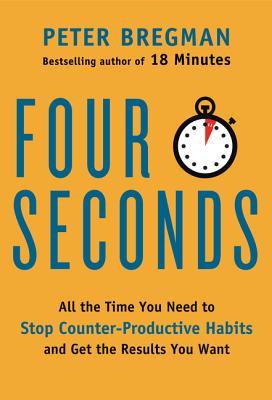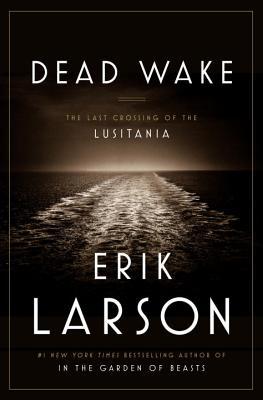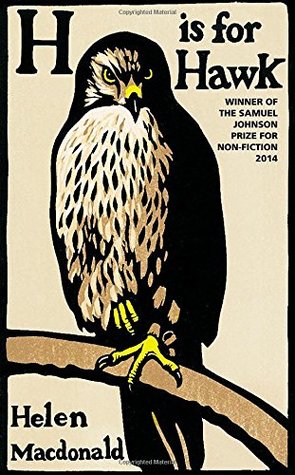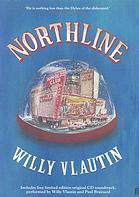 The Murder of Roger Ackroyd
The Murder of Roger Ackroyd
Agatha Christie
Originally published in 1926. I read a Pocket Books Mystery edition printed around 1986. 255 pgs including list of characters.
Guardian 1,000 Novels: Crime Titles
Other books I’ve read by Christie: And Then There Were None, one of the creepiest books I’ve ever read.
The Murder of Roger Ackroyd was named the “best crime novel ever written” in 2013 by the members of the Crime Writers Association — a group of professional crime authors.
Christie published the story in 1926. It features one of her most famous characters, Belgian detective Hercule Poirot. Christie had introduced Poirot only six years earlier, in another Guardian 1,000 title: The Mysterious Affair at Styles.
The story seems almost formulaic: the picturesque English village stocked with characters we all know by now: the village doctor, the wealthy land owner, butlers, maids, the playboy and the ingenue. A wealthy widow, Mrs. Ferrars, is tormented by rumors that she poisoned her husband. She commits suicide, but not before sending an important letter to her fiance, Roger Ackroyd. Ackroyd calls his friend, village doctor, James Sheppard, and asks him to come over to Ackroyd’s estate near the village to discuss the matter. Once Sheppard arrives, Ackroyd admits that Mrs. Ferrars was being blackmailed by someone, but doesn’t say who. Sheppard returns to his own home, uneasy at his friend’s revelation, and discusses the situation with his gossipy spinster sister, Caroline. The phone rings and Sheppard answers it, then dashes away — telling his sister that Ackroyd’s butler had just discovered him murdered.
Strangely, when Sheppard get to the house, the butler says he had not telephoned. Sheppard and the butler run to Ackroyd’s study and have to bash the locked door to get in. Indeed, inside is Ackroyd, stabbed to death with a curio-handled, but razor sharp dagger. A window is open and foot prints are outside in the dirt. A chair has been pulled forward in a strange way.
Detail after detail is revealed in this strange tale, including the descriptions and motivations of all of Ackroyd’s family and guests — many of whom have a reason for killing him. Most suspect is Ackroyd’s heir, young, broke, and feckless Ralph Paton, who looks even guiltier when he goes into hiding. It is Paton’s footprints that are found outside the window.
The case seems clear-cut. But this is a murder mystery so you know the most obvious suspect can’t have done it. Compounding this fact is a whole catalog of mysterious clues: a discarded wedding ring with the initial “R”, a strange man spotted near the estate gates the night of the murder, a parlor maid who seems to have ideas above her station, the mysterious call to Dr. Sheppard and the convoluted stories concerning all the people who would have benefited by Roger Ackroyd’s death.
Luckily, Hercule Poirot has happened to retire to the village, and his reputation as a master detective in the Belgian police force prompts Ackroyd’s niece to enlist his help. This ruffles the bumbling English police on the case, but they relax somewhat when Poirot reveals he wants none of the credit for solving the case. With this framework established, Poirot begins to investigate, assisted by Dr. Sheppard, who begins writing a diary of all developments in the case. In addition to getting to the bottom of his friend’s murder, Sheppard has another motivation for helping Poirot with the case:
“I felt the pressure of his hand on my arm, and he added in a low tone: ‘Do you really wish to aid me? To take part in this investigation?’
“Yes indeed,” I said eagerly. ‘There’s nothing I should like better. You don’t know what a dull old fogey’s life I lead. Never anything out of the ordinary.”
In assisting Poirot, Sheppard not only narrates the story, but continues his extensive documentation of the case as the two of them dig further into the facts and the hearts of everyone who knew Roger Ackroyd. Poirot’s famous “method” of using his “little gray cells,” is put through its paces as facts are sifted, organized, saved or discarded. And Dr. Sheppard, as it turns out, is certainly saved from his fate of living a dull old fogey’s life.
STOP NOW IF YOU DON’T WANT TO KNOW WHAT HAPPENS….
Today’s readers enjoy twisted, shocking endings. But when Christie published this story in 1926, crime novelists hadn’t fully adopted this technique and her masterful, but chilling ending to the story took many by surprise and sparked controversy and criticism. Because as methodical Poirot pulls the threads of the story together, the reader realizes that it is the narrator, gentle and low-keyed Dr. Sheppard who is the brutal murderer. Having lived in the company of the murderer through the entire book without realizing it feels as shocking today as it must have been to the 1926 audiences who read it for the first time.
In the final interview, Poirot gives Sheppard the choice: confess or find another way out, perhaps similar to the one Mrs. Ferrars — whom the doctor had been blackmailing — had chosen. The book concludes with a final chapter where Sheppard finishes his book, and speaks directly to the reader to clear up all the final questions we’ve had. We also learn that when his tale is finished, the good doctor will take the same poison his blackmailing victim chose. We realize that the story Dr. Sheppard has been writing will become the narrative of Poirot’s greatest triumph, and not the story of a failed investigation, as Sheppard had hoped.
As it turns out, the story is one of Agatha Christie’s greatest triumphs, too.
‘Understand this, I mean to arrive at the truth. The truth, however ugly in itself, is always curious and beautiful to the seeker after it.’ — Hercule Poirot.”


 Four Seconds: All the Time You Need to Stop Counter-Productive Habits and Get the Results You Want.
Four Seconds: All the Time You Need to Stop Counter-Productive Habits and Get the Results You Want.
 The second book was Helen Macdonald’s H is for Hawk (Grove Press, 2014, 300 pages). This was a book I wasn’t particularly interested in until a dear friend insisted — knowing my love of animals.
The second book was Helen Macdonald’s H is for Hawk (Grove Press, 2014, 300 pages). This was a book I wasn’t particularly interested in until a dear friend insisted — knowing my love of animals.

















